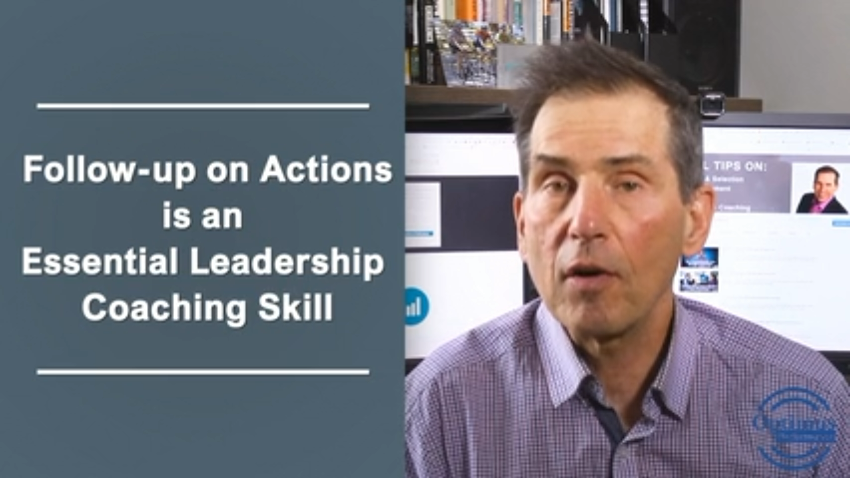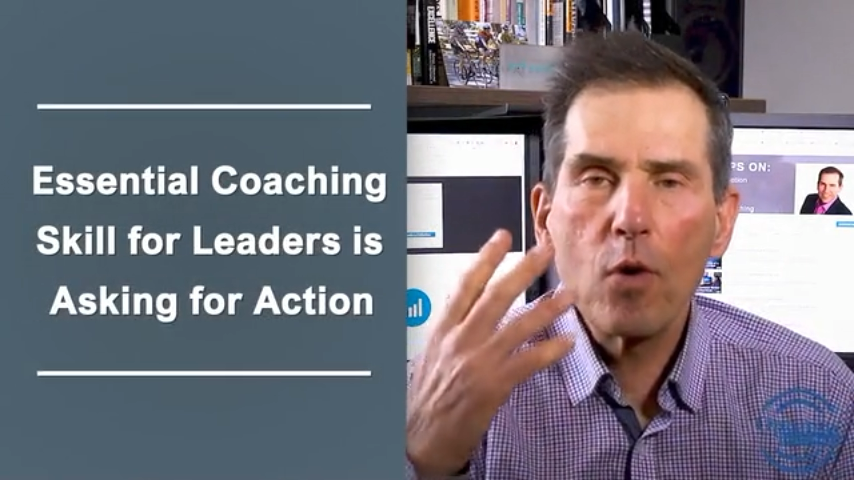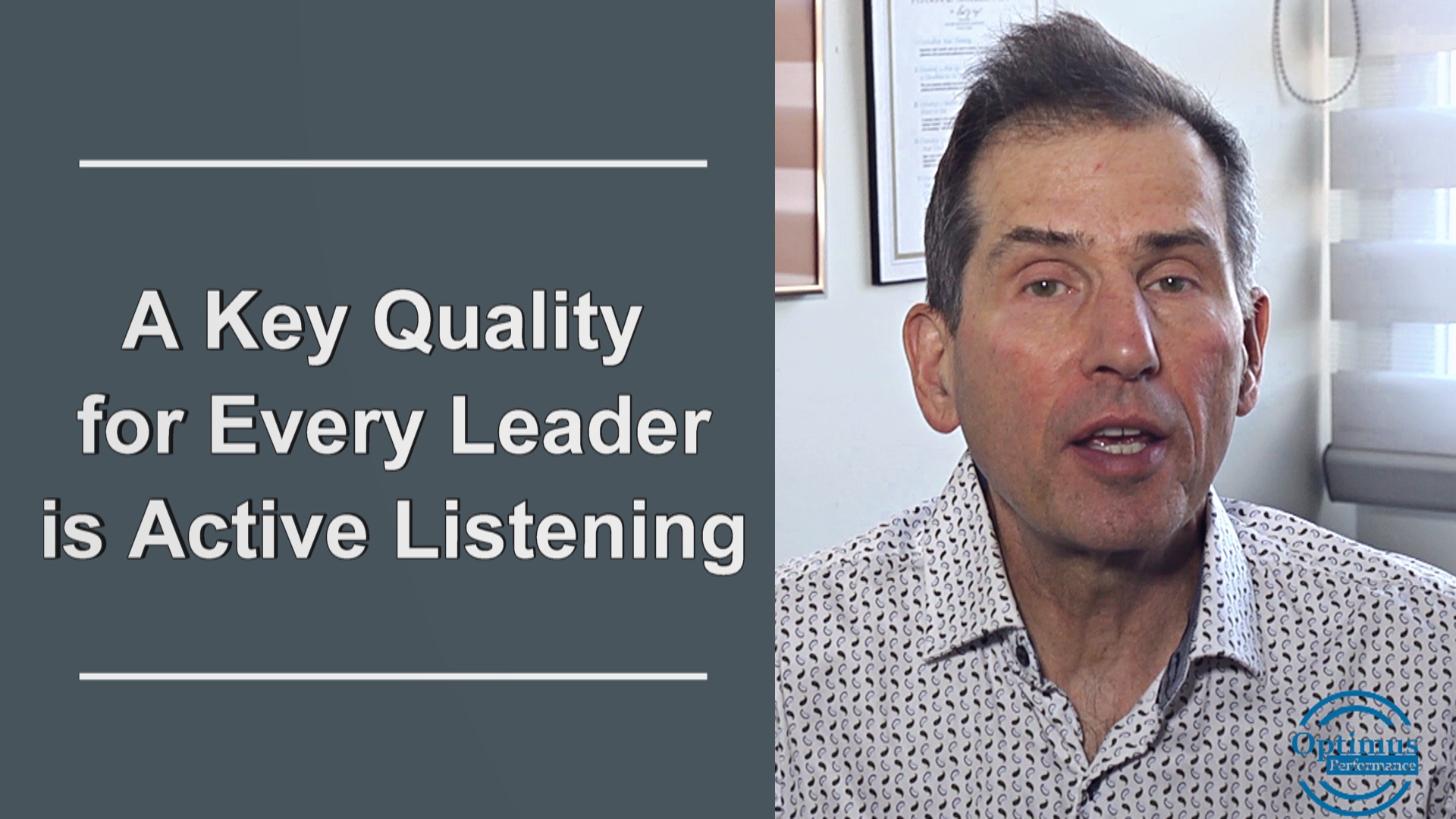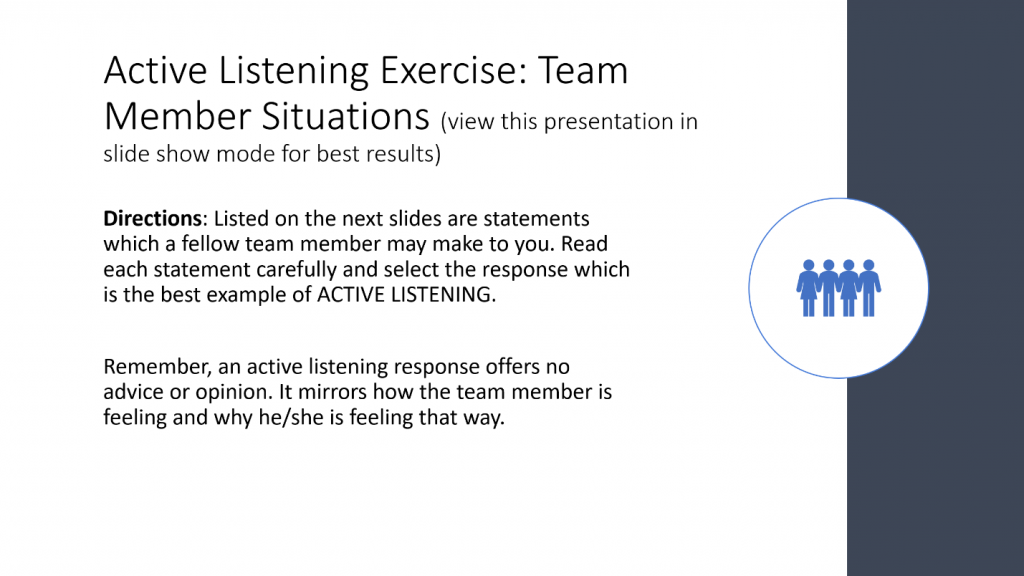Follow-up coaching on actions that employees commit to take is another essential leadership skill that leaders who want to adapt a coaching style of leadership need to develop.
This skill builds on the previous essential leadership coaching skills I wrote about in my previous articles and videos. They are active listening, asking questions and asking for action.
These skills are greatly needed in all aspects of leading and managing employees and also for teamwork. Team members can also coach each other and this is actually required when developing autonomous teams.
Highly effective leaders know that at times you need to coach and other times you need to manage. The reason to adapt a coaching style of leadership is to build more self-reliant employees who actually take initiative to develop new skills and work on continuous improvement initiatives.
When asking employees for action to solve a problem or work on a new improvement initiative there needs to be an accountability factor associated with the action. This is where the skill of following up on the action is required.
Here are suggested steps to the follow-up on action coaching session. I call it a coaching session because in challenging employees to take action to solve their own problem or achieve a goal, you are helping them develop their skills and build confidence in themselves.
- Start the conversation with some open ended questions to check how things are going since your last meeting. The employee will probably bring up whatever action they were working on
- If the action or goal was achieved congratulate them and ask them how they feel. This is another good opportunity to use active listening
- If the action was not taken at all, ask them why and what has stood in their way. Whatever it is, go back to asking questions and help them to set a new action. Sometimes the wrong action was set and needs to be discussed and perhaps a new smaller step taken
- If some action was taken and the problem is still unresolved or the goal not achieved, use the asking questions skill to define the next action step.
- Always ask the employee to note down their action commitments in writing and you do the same.
- Set the next follow-up date and time and add it to your mutual agendas. Send a calendar invitation.
By taking a coaching approach to following up on action commitments by employees you make the process more effective and enjoyable for both yourself and the employee. Employees will see you as a leader who wants action and improvement but also takes the time to coach and develop them.




